In 2018, more than 350,000 people visited the Tokyo National Museum’s special exhibition “Jomon-The Beat of 10,000 Years of Beauty”. This is good news for the Snow Country Tourism Zone which treasures YUKIGUNI culture that has continued since the Jomon period.
Some may see this as a temporary trend, but we do not think so. A culture that has lasted for 10,000 years, unparalleled in world history. Living in harmony with nature. Villages arranged in a circle so that they can see each other, which develops the connections of people.
Plenty of time because we are buried in snow in winter. Something that has been left behind in modern times is there. Something fundamental. Jomon asks us “What is richness?”
The creativity of Jomon culture is astonishing
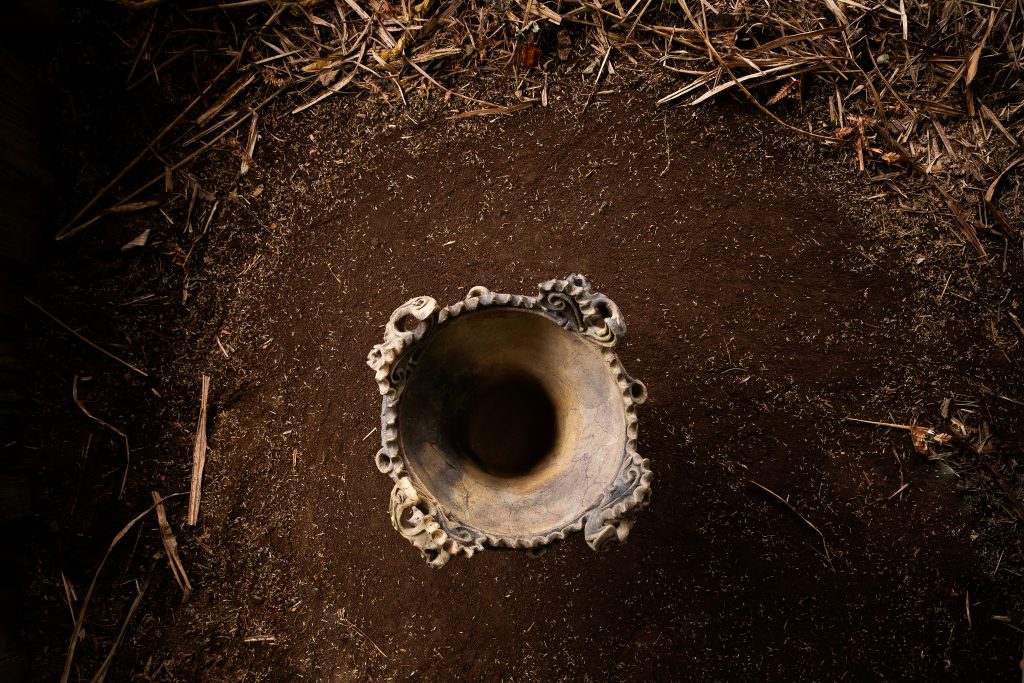
A number of flame-shaped earthenware vessels with dynamic patterns, which are national treasures, have been excavated in Tokamachi City and Tsunan Town in Niigata Prefecture, YUKIGUNI. The beauty of the flame-shaped earthenware, which is representative of Japanese primitive art, has attracted attention from around the world and has been exhibited at the British Museum.
The flame-shaped earthenware was made 4,500 years ago in the middle of the Jomon period. The name ‘kaen (flame-shaped)’ comes from the large handle, which looks like a blazing fire.
In terms of ease of production and practicality, it would have been better to use earthenware without any patterns, but the Jomon people of YUKIGUNI made dynamic patterns on their pottery. Jomon pots often has patterns, but flame-shaped earthenware has particularly intricate patterns. Why is this?
Some scholars believe that in a snowy country, where snow covers the ground for half the year, people had more time in the winter to think carefully about the design of their pottery. Spending time in the snow may have been a very creative time.
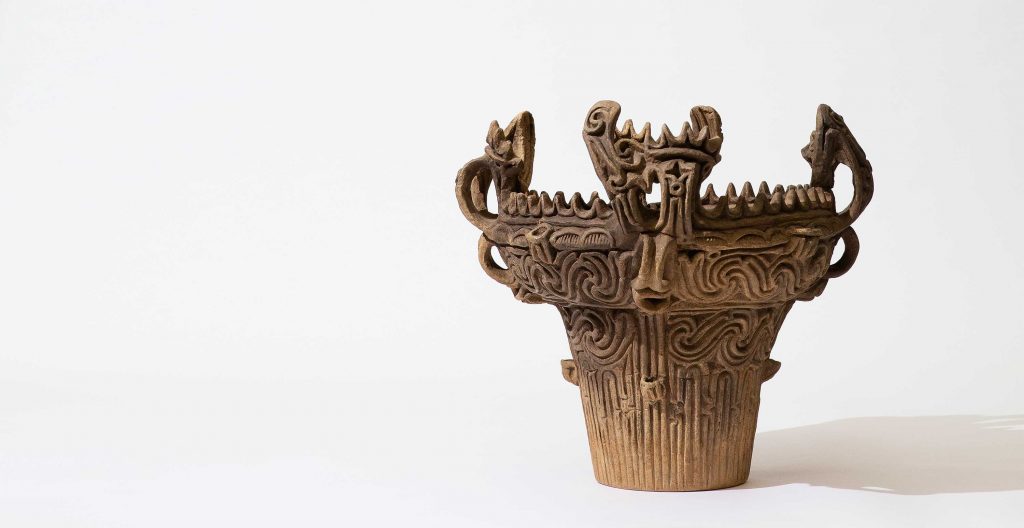
What were the Jomon people thinking as they made their Jomon pottery?
Have you ever seen the “flame-shaped earthenware” that represents Jomon pot? They are called “flame-shaped earthenware” because of their flame-like patterns. However, do the patterns really represent flames? Depending on how you look at it, it may look like a swirl of water. For now, we can only imagine what this pattern means. What do you think of when you see this pattern?
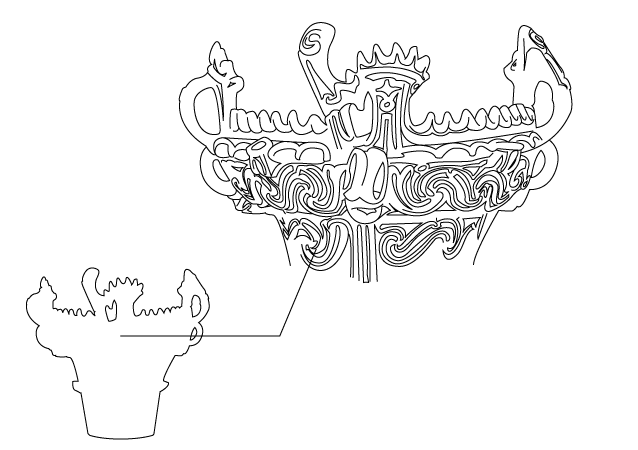
Why could only Jomon people in YUKIGUNI produce flame-shaped earthenware?
Living in the snow for half the year. How did the people of the Jomon period live in a pure white world buried in snow? Since they were restricted from outside activities, they must have had plenty of time to spare. Spending abundance of time in the snow is the kind of mindfulness time that modern people crave, isn’t it?
Jomon provides an opportunity to reflect on what contemporary society has lost and to contemplate the future.
Jomon period houses face each other. It is a form of village where, if you leave the house, you can look over all the houses and communicate with others. There is also a square in the centre, and people gathered for rituals and talks. A world buried in snow for half of the year. In each house, family members surrounded a hearth and talked with each other during the long winter. Hunting and overcoming a dangerous environment, Jomon people had to collaborate with each other in order to survive.
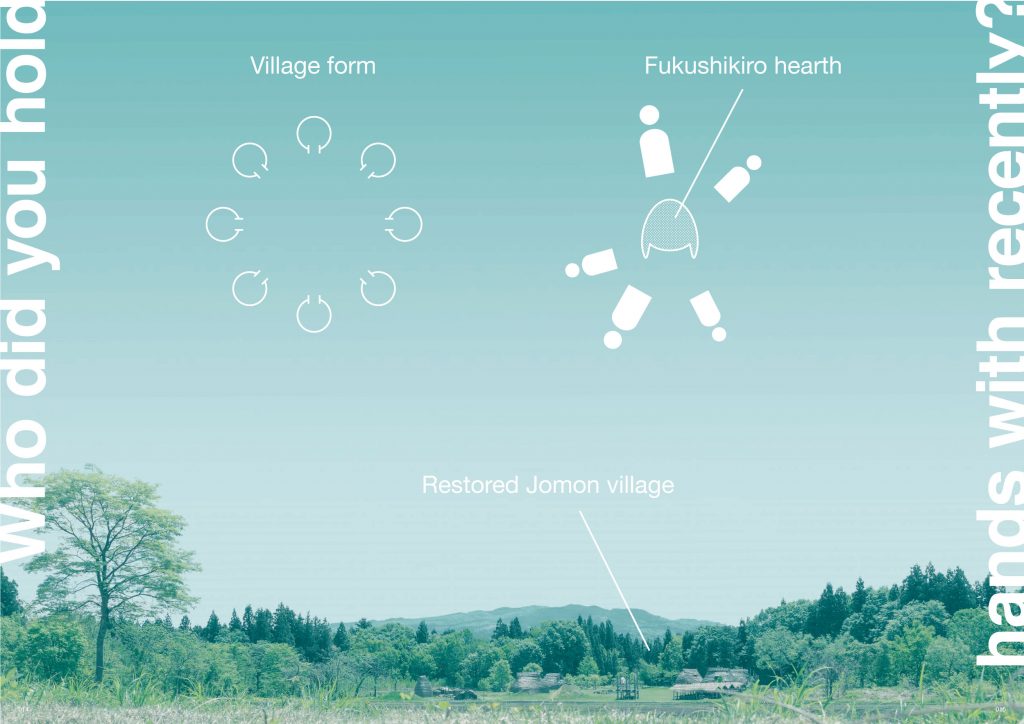
Village form
A village form where multiple houses are arranged in a circle. The doorways of the house face each other and surround the central square. If you were living in the Jomon period, you would probably leave your home and communicate “Face to Face” with your neighbours. This was part of everyday life in the Jomon period. Can you remember your neighbour’s face clearly?
Fukushikiro hearth
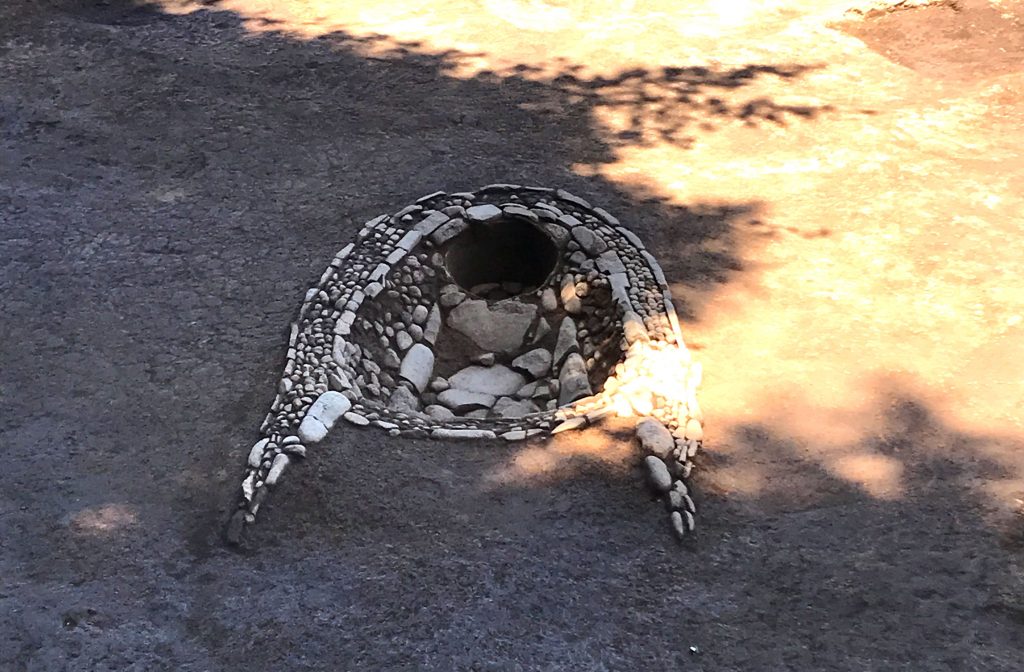
There was a “Fukushikiro hearth” inside the pit dwelling. Families at the time made a fire within it and surrounded it. The hearth decorated with stones came about approximately 4500 years ago. For the Jomon people, it was the centre of their community; they used it as a heater, cooked with it, and had conversations surrounding the fire. It connected people around a single flame. Perhaps the Japanese Irori hearth can be said to have the same characteristics.
Here there is a long, long history of living with the forest.
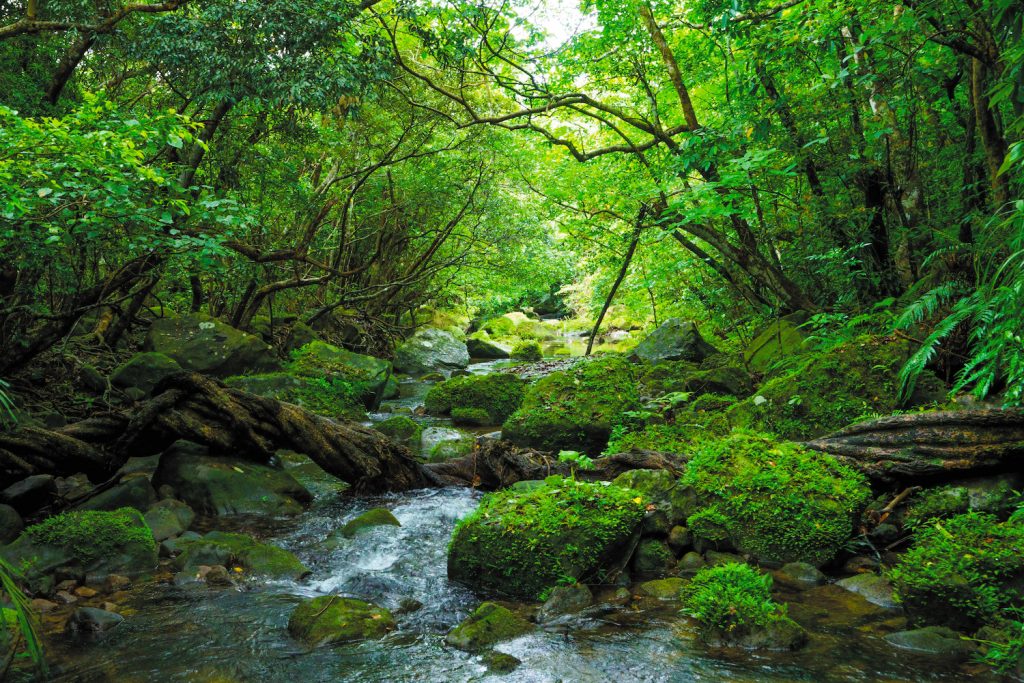
Jomon is a “forest culture” and it was “the era of coexistence with nature”. There is a one-year cycle adapted to the environment, and people were living according to the cycle. For example, the custom of starting to prepare for the next winter starting early with the snow melting in spring still remains alive in YUKIGUNI with customs such as the drying of the royal fern (an edible plant indigenous to YUKIGUNI). The same applies to winter preparations such as other preserved foods and firewood.
While we are trying to create a sustainable society with the UN’s Sustainable Development Goals today, the Jomon period is a rare era that lasted for about 10,000 years. Maybe modern people can learn how to live with and face nature from the Jomon people.
Jomon calendar

There was a one-year cycle centered on winter in the Jomon period. Gathering in spring and autumn, fishing in summer, and hunting in winter. Adapt to nature and work with a vision. This tradition remains in the knowledge around the preservation of food in YUKIGUNI. The fact that we dry royal fern with the arrival of spring and prepare for winter is another example.
The Jomon period may hold hints for SDGs
SDGs (Sustainable Development Goals) are development goals to be achieved by 2030, adopted at the United Nations Summit. The Snow Country Tourism Zone believes that ways to achieving this goal can be found in the Jomon culture. The Jomon people had the wisdom to make effective use of limited resources without trying to remould nature. Perhaps the key to keeping us alive on earth is hidden in their lifestyle.


-1024x626-2.jpg)
